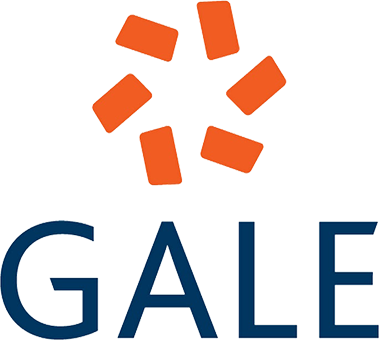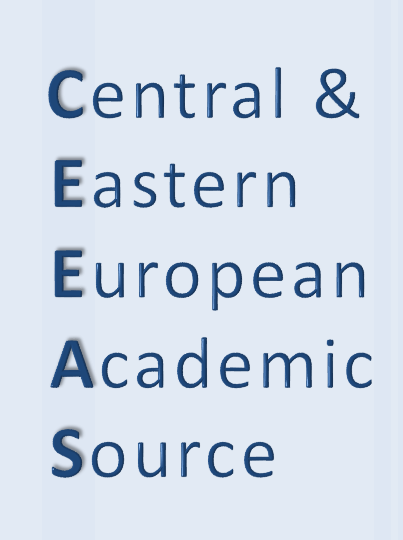Practices in Obstructive Jaundice as An Emergency: A Training and Research Hospital Experience
Mikail Çakır, Okan Murat AkturkUniversity of Health Sciences, Sultangazi Haseki Training and Research HospitalINTRODUCTION: Management of emergency obstructive jaundice is quite complicated. It is important to select appropriate imaging methods to make differential diagnosis of a large number of causes. Providing proper biliary drainage is important in patient stabilization. Our aim is to reveal practical points in diagnosis and treatment.
METHODS: 173 patients with obstructive jaundice, who were hospitalized from emergency department, were analyzed retrospectively in the context of clinical, laboratory, imaging and biliary drainage methods.
RESULTS: The average age was 57,2. 105 (60,7%) patients were female and 68 (39,3%) were male. USG was performed on all patients. CT was performed in 91 (52,6%) patients immediately in the emergency department. The correct diagnostic guidance of these two imaging modalities were 56,6% and 61,5%, respectively. After hospitalization to General surgery ward, with additional imaging methods, accurate diagnosis were achived 93.8% in MRCP alone, 91.6% in MR-MRCP, 94.5% in CT and MR-MRCP, and 96% with EUS. The benign causes of obstructive jaundice were 78%, the most common was choledocholithiasis (54.9%), the malignant causes were the remaining 22%, and the most common was pancreatic tumor (12.7%).
DISCUSSION AND CONCLUSION: The first imaging method to be performed after USG is MRCP. There are a lot of unnecessary imaging modalities performed. EUS increases its importance and is the highest diagnostic method. Choosing PTK or ERCP for drainage is important for the course
Keywords: Obstructive jaundice, MRCP, Endosonography, Percutaneous transhepatic cholangiography, ERCP
Acil Başvurulu Tıkanma Sarılığında Pratikler: Bir Eğitim ve Araştirma Hastanesi Deneyimi
Mikail Çakır, Okan Murat AkturkSBÜ Sultangazi Haseki Eğitim ve Araştırma Hastaensi Genel Cerrahi DepartmanıGİRİŞ ve AMAÇ: Acil tıkanma sarılığının yönetimi oldukça karmaşıktır. Çok sayıda nedenin ayırıcı tanısının yapılması için uygun görüntüleme yöntemlerinin seçilmesi önemlidir. Uygun biliyer drenajın sağlanması hasta stabilizasyonunda önemlidir, bu çalışmadaki amacımız tanı ve
tedavide pratik noktaların ortaya konmasıdır.
YÖNTEM ve GEREÇLER: Cerrahi nedenler düşünülerek acilden yatırılan 173 tıkanma sarılıklı hasta, klinik, laboratuvar, görüntüleme ve biliyer drenaj yöntemleri bağlamında retrospektif olarak analiz edildi.
BULGULAR: Yaş ortalaması 57,2 olup 105 (%60,7)’i kadın, 68 (%39,3)’i erkekti. USG tüm hastalara yapıldı. Acilde 91 (%52,6) hastaya BT çekildi. Bu iki tetkikin doğru tanı yönlendiriciliği sırasıyla %56,6 ve %61,5 idi. Genel cerrahi servisine alınan hastalara ek görüntüleme yöntemleri ile tek başına MRCP’de %93,8, MR-MRCP’de %91,6, BT ve MR-MRCP birlikte %94,5 ve EUS ile %96 doğru tanıya ulaşıldı. Tıkanma sarılığının benign nedenleri %78 olup, en sık koledokolitiazis (%54,9) belirlendi, malign nedenleri ise %22’lik kalanı olup, en sık pankreas tümörü (%12,7) belirlendi.
TARTIŞMA ve SONUÇ: USG sonrası ilk yapılması gereken görüntüleme yöntemi MRCP’dir. Fazla sayıda gereksiz tetkik yapılmaktadır. EUS önemini artırmaktadır ve en yüksek tanı koydurucu yöntemdir. Drenaj için PTK veya ERCP seçimi gidişat için önemlidir.
Anahtar Kelimeler: Tıkanma sarılığı, MRCP, Endoskopik Ultrason, Perkütan transhepatik kolanjiografi, ERCP
Manuscript Language: Turkish






















